Dark Green Spreader Yew
$44.50 Original price was: $44.50.$31.15Current price is: $31.15.
- Free Shipping over $25
- Fast & reliable delivery options
- Enjoy top quality items for less
- Multiple safe payment methods

“Dark green and spreading.” How many times have you thought that was exactly what you were looking for in a plant? Many times, surely, so here it is – the Dark Green Spreader Yew. A true garden work-horse, this is the plant you need, in sun or shade, when you want to make a broad brushstroke of green across a bed, wiping out that boring brown earth, making a bed look finished, or just dealing with an awkward, unsightly spot. One of the easiest plants to grow, asking almost nothing of you, this evergreen shrub is renowned for its rich, dark coloring year-round, and for the broad but relatively low shape that makes filling larger spaces economical and easy. You can trim it or not – it’s entirely up to you and the look you want, but for ease of trimming it can’t be beaten. If you do trim regularly you will be rewarded with a dense, solid structure and a great architectural element in your garden. If you don’t then the more casual, mounding look is great too, and perfect for a more relaxed garden style. Either way, this trouble-free plant gets the job done – ‘dark’, ‘green’, ‘spreading’, right?
Growing the Dark Green Spreader Yew
Size and Appearance
The Dark Green Spreader is an evergreen shrub that grows at a moderate rate, perhaps 6 inches a year, to form a broad bushy plant that in ten years will be 3 to 4 feet tall and about 6 feet wide, if you don’t trim it. Although new stems are upright, the main branches tend to spread in an irregular way outwards, covered in dense foliage. Like all evergreens it will continue to grow indefinitely, and mature plants can easily be 5 or 6 feet tall and 10 feet wide, although trimming easily keeps it as small as you need. The sturdy branches have an almost black bark, generally hidden by the abundance of leafy shoots.
Young stems are green, and they keep that color through winter and much of the next year. The foliage is a double row of flat needles, spreading out more or less horizontally on either side of the stems. The needles are broad and flat, with parallel sides, and no more than 1½ inches long. The foliage is always dense, bushy and soft to the touch. Some varieties of yew can have yellowish-green foliage, but what sets this one apart is the persistent dark green of the needles. Spring growth is a brighter green, but that soon darkens to a solid deep green that lasts all through winter.
Using Dark Green Spreader Yew in Your Garden
For covering blank spaces beneath trees, or filling in the foreground of beds around your home or further out in your garden, the Dark Green Spreader Yew can’t be beaten. Use it to edge a path or driveway, or fill a narrow bed along a wall or beside a fence. Trimmed it becomes a dense, low hedge. Untrimmed it is an undulating mound of gorgeous green. For mass planting or edging, space plants 3 feet apart, which makes this a relatively economical way to cover larger areas.
Hardiness
Much more cold-resistant than the English yew, the Dark Green Spreading Yew is hardy from zone 4 to zone 7. In zone 4 we also recommend the very similar Dense Spreading Yew, which is generally considered to be the hardiest of all yews. Gardeners in hotter areas will find the varieties of the English yew more suitable.
Sun Exposure and Soil Conditions
Many gardeners think of yew as shade plants, but the Dark Green Spreader Yew will grow well, keeping its dark coloring, in full sun. Of course it also grows in many light levels, from partial shade to light full shade, but not so well in dense shade, such as beneath larger evergreen trees. It is important that the soil is well-drained – yew don’t like ‘wet feet’ – but otherwise this bush will grow in all soils, preferring rich, moist ones for the most vigorous growth. Water young plants regularly in summer for the first few years, but established plants handle normal summer dryness without problems.
Maintenance and Pruning
You won’t have any serious problems with the Dark Green Spreader Yew, because pests and diseases are rare, and deer don’t eat it. Wet soil, or very dry soil, are the most common causes of yellowing and dropping needles. It can be trimmed at any time, although in cold zones it is best to trim between late spring and early fall. Yew is one of the few conifers where you can cut hard, leaving bare branches – they soon re-sprout, so this plant is very easy to work with. Organic mulch over the roots in spring or fall is always beneficial.
History and Origin of the Dark Green Spreader Yew
The Gilded Age was a time when wealthy people often built large gardens, and collected rare plants. The garden of H. H. Hunnewell, in Wellesley, outside Boston Massachusetts, was especially famous for its conifer collection. Around 1900 his head gardener, T.D. Hartfield, collected some seeds from an upright English yew (Taxus baccata) and sowed them. The plants turned out to be a hybrid, with the pollen coming from a Japanese yew (Taxus cuspidata). This hybrid plant was named Taxus x media, the foundation yew. Around the same time, this hybridization was repeated with a Japanese yew as the seed producer, at Henry Hicks Nursery in Westbury, Long Island, New York.
Since then many different forms have been selected, and one, with very dark green leaves, called Nigra, was introduced by the Cottage Gardens Company in Queens, New York, in 1951. This plant seems to be the variety commonly called Dark Green Spreader by most nurseries, although that is not certain.
Buying the Dark Green Spreader Yew at the Tree Center
When you just want to get the job done, but equally, when you want to plant long-lived, structural foundation plants in your garden, the Dark Green Spreader Yew is the first choice. For trouble-free green it can’t be beaten. There is always high demand for these basic shrubs, so our stock can sell out fast. Order now, because you don’t want to be disappointed.
Be the first to review “Dark Green Spreader Yew” Cancel reply
Related products
Evergreen Trees
Arborvitae Trees
Evergreen Trees
Cypress Trees
Cedar Trees
Evergreen Trees
Evergreen Trees
Evergreen Trees



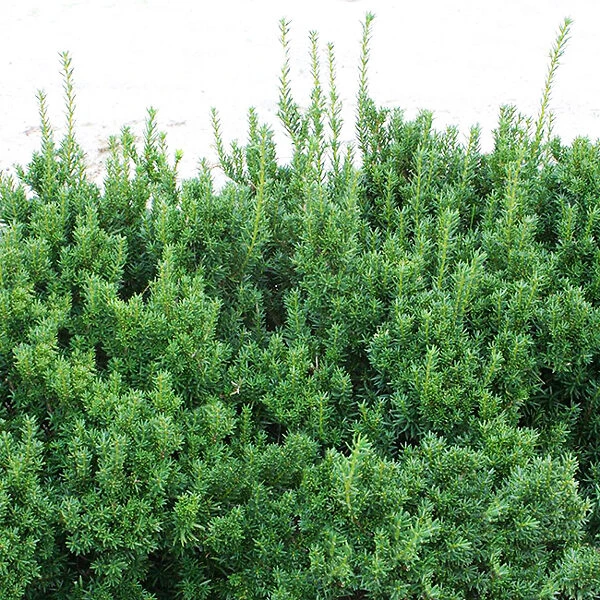
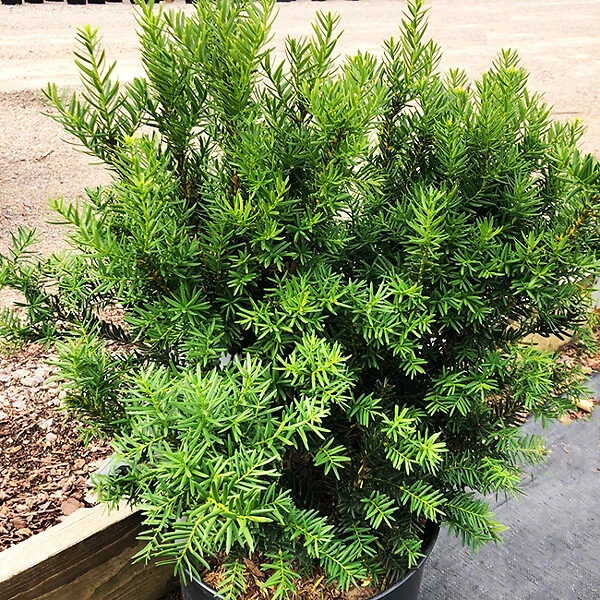

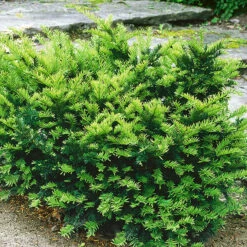

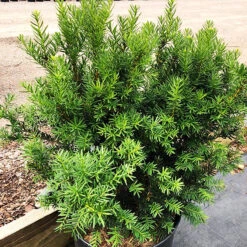


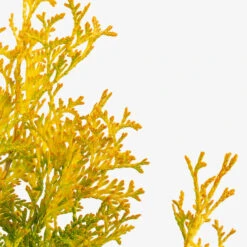
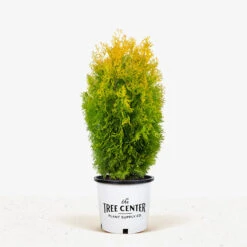
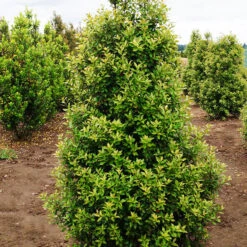






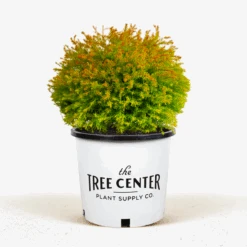




Reviews
There are no reviews yet.